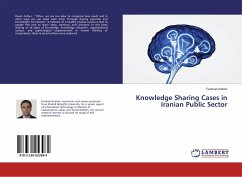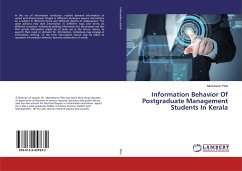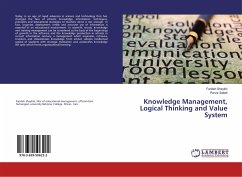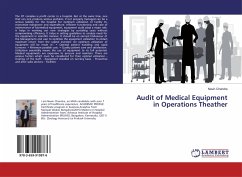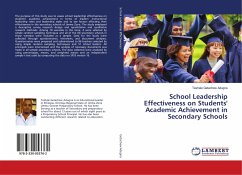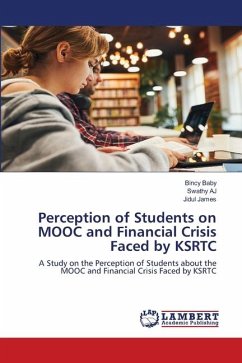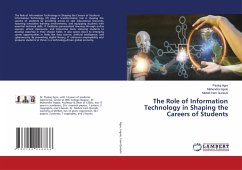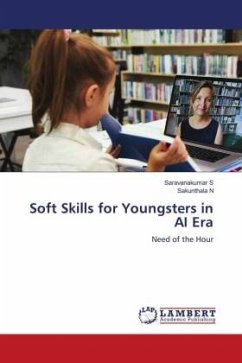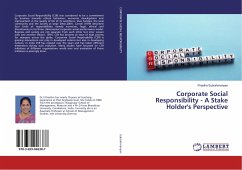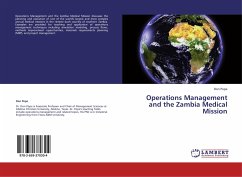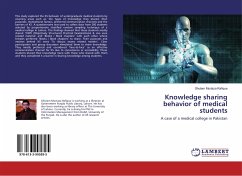
Knowledge sharing behavior of medical students
A case of a medical college in Pakistan
Versandkostenfrei!
Versandfertig in 6-10 Tagen
24,99 €
inkl. MwSt.

PAYBACK Punkte
12 °P sammeln!
This study explored the KS behavior of undergraduate medical students by covering areas such as: the types of knowledge they shared, their purposes, motivational factors, preferred communication channels and the barriers of KS. A questionnaire was used to collect data from 260 students selected by proportionate stratified random sampling technique of a medical college in Lahore. The findings showed that these students mostly shared 'OSPE (Objectively Structured Practical Examinations) & viva voce related material' and 'Books / Book chapters' with each other where females preferred 'Books / Boo...
This study explored the KS behavior of undergraduate medical students by covering areas such as: the types of knowledge they shared, their purposes, motivational factors, preferred communication channels and the barriers of KS. A questionnaire was used to collect data from 260 students selected by proportionate stratified random sampling technique of a medical college in Lahore. The findings showed that these students mostly shared 'OSPE (Objectively Structured Practical Examinations) & viva voce related material' and 'Books / Book chapters' with each other where females preferred 'Books / Book chapters' to share. Their purposes and motives behind KS were 'To discuss exams related matters'. Class participation and group discussion stimulated them to share knowledge. They mostly preferred and considered 'Face-to-face' as an effective communication channel for KS due to convenience or accessibility. These students shared their knowledge more with those who shared with them and theyconsidered it a barrier in sharing knowledge among students.



